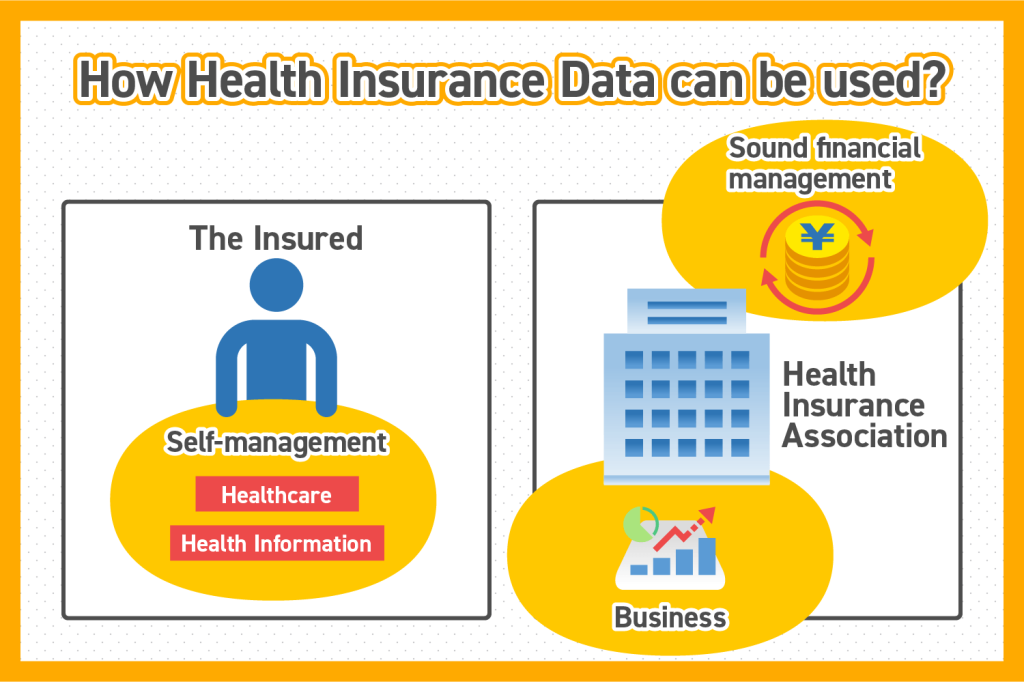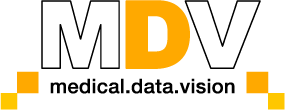What is Health Insurance Data? Its Definition, Utilization, and Relation with Data Health
Health Insurance Data refers to the big data of the insured, such as receipt data and health checkup results. Through the utilization of such data, health promotion tailored to the insured can be optimized.
This article will explain the definition of Health Insurance Data and its utilization with concrete examples of Data Health.
What is Health Insurance Data?
Health Insurance Data refers to information consisting of receipt data generated by medical institutions, health checkup results, and attributes such as the age and gender of the insured and their dependents in each health insurance association and those covered by national health insurance and medical care system for the elderly.
Under the universal health coverage system in Japan, receipt data and other information of the insured are managed by one of these associations. Expectation of optimization in health promotion with the utilization of this data is on the rise.
Examples of the utilization of Health Insurance Data

The data can be utilized in the following ways:
- Medical and health information to be managed by the insured
- Sound financial management of the association
- Associations’ initiatives for health promotion
Initiatives for Data Health, health promotion utilizing the Health Insurance Data, are under way in particular.
What is Data Health?
Data health refers to the utilization of Health Insurance Data, such as receipt data managed by health insurance associations, to improve disease prevention and health promotion of the insured.
By influencing the working-age population to have more interest in health awareness and enabling early detection of diseases, it can also lead to the optimization of medical expenses. Under this circumstance, initiatives for health promotion are essential for associations to achieve sound financial management.
The use of big data also benefits the insured in terms of the opportunity to choose treatments tailored to their cases and receive appropriate care in nursing or for prevention of worsening.
Initiatives for Data Health
Initiatives for data health include the Data Health Plan and Data Health Reform, which will be introduced in the following paragraphs respectively.
Data Health Plan
The Data Health Plan is a plan focused on effective health promotion and disease prevention of the insured by having all associations utilizing of the Health Insurance Data. It was included in the “Japan Revitalization Strategy” decided by the Cabinet in June 2013.
From 2015 to 2017, the first phase involved the establishment and evaluation of Data Health Plan by each association. The second phase was underway from 2018 to 2023 focusing on the implementation and evaluation of health promotion in detail, with a PDCA (Plan-Do-Check-Act) cycle playing a role in optimization.
Data Health Reform
The goal of Data Health Reform is to build a “Health and Medical Data Platform” that enables analysis and utilization of Health Insurance Data by linking the data managed by each association and government agency. This was explicitly outlined in the “Growth Strategy 2017” decided by the Cabinet in June 2017.
With this platform enabling the analysis of big data related to health, medical care, and nursing care, more effective health promotion becomes possible. Additionally, the insured can receive appropriate data-driven healthcare services, even if they enrolled in another health insurance.
The Data Health Reform Promotion Headquarters was established in January 2017 to facilitate the full-scale operation of Data Health reform aimed in fiscal year 2020.
Examples of Data Health Utilization
Here, we will introduce examples of Data Health utilization by using the case of health insurance association A, which successfully improved health awareness, and the case of health insurance association B, which encouraged the insured to undergo health checkups. (*)
*Source: Ministry of Health, Labour and Welfare. “Effective Data Health Practices Based on Case Studies.“ (January 1, 2023)
Health Insurance Association A
When developing the Data Health Plan, they categorized the risk of lifestyle-related diseases based on health checkup results. This revealed that approximately 50% of male enrollees aged 40 and above were classified as having metabolic syndrome.
Recognizing the importance of health guidance, the association developed an app to raise health awareness in areas such as exercise, sleep, and diet. Exercise and sleep were measured using wearable devices, and for diet, a plan was created where the insured could receive guidance from registered dietitians by sending photos of their meals.
80% of the users experienced behavioral changes in areas such as diet and exercise, and 90% of the users saw a reduction in weight. Initiatives like examining the outcomes between participants and non-participants will be taken for further expansion of the business.
Health Insurance Association B
They have a large number of male enrollees. Although efforts were made to improve the participation rate of health checkups for dependents (such as spouses), the rate remained at 50%.
As a result, they focused on strengthening participation for those in their 40s and 50s. They launched a campaign to distribute a 500-yen QUO card to those who underwent health checkup at their own expense. Additionally, those who had not yet undergone health checkup were approached via phone call. As a result, the participation rate for the targeted individuals increased by 12.5% compared to the previous year.
They aim to achieve a 100% participation rate for dependents by strengthening incentives and increasing promotional activities as their second step.
Efficient Health Promotion Brought by the Use of Health Insurance Data
With Data Health facilitating healthcare services via the utilization of Health Insurance Data, health insurance associations’ initiatives on Data Health are pursued. By taking measures customized for enrollees, improvements in health awareness and other tangible results are achieved.
Medical Data Vision (MDV) provides analytical tools such as patient count, day’s supply, and other insights through the large-scale medical database, which includes data from 42.32 million patients for hospital data and 17.97 million patients for Health Insurance Data. If you are considering using this data, please feel free to contact us.
For More Information, Please Contact Us Here
About Japanese Healthcare System

What you need to know about the healthcare system in Japan before using the data.
SERVICE

In addition to various web tools that allow you to easily conduct surveys via a browser using our medical database, we offer data provision services categorized into four types to meet your needs and challenges: "Analysis reports" "Datasets," "All Therapeutic Areas Data Provision Service," and "Specific Therapeutic Areas Data Provision Service.

© Medical Data Vision Co., Ltd. All Rights Reserved.





